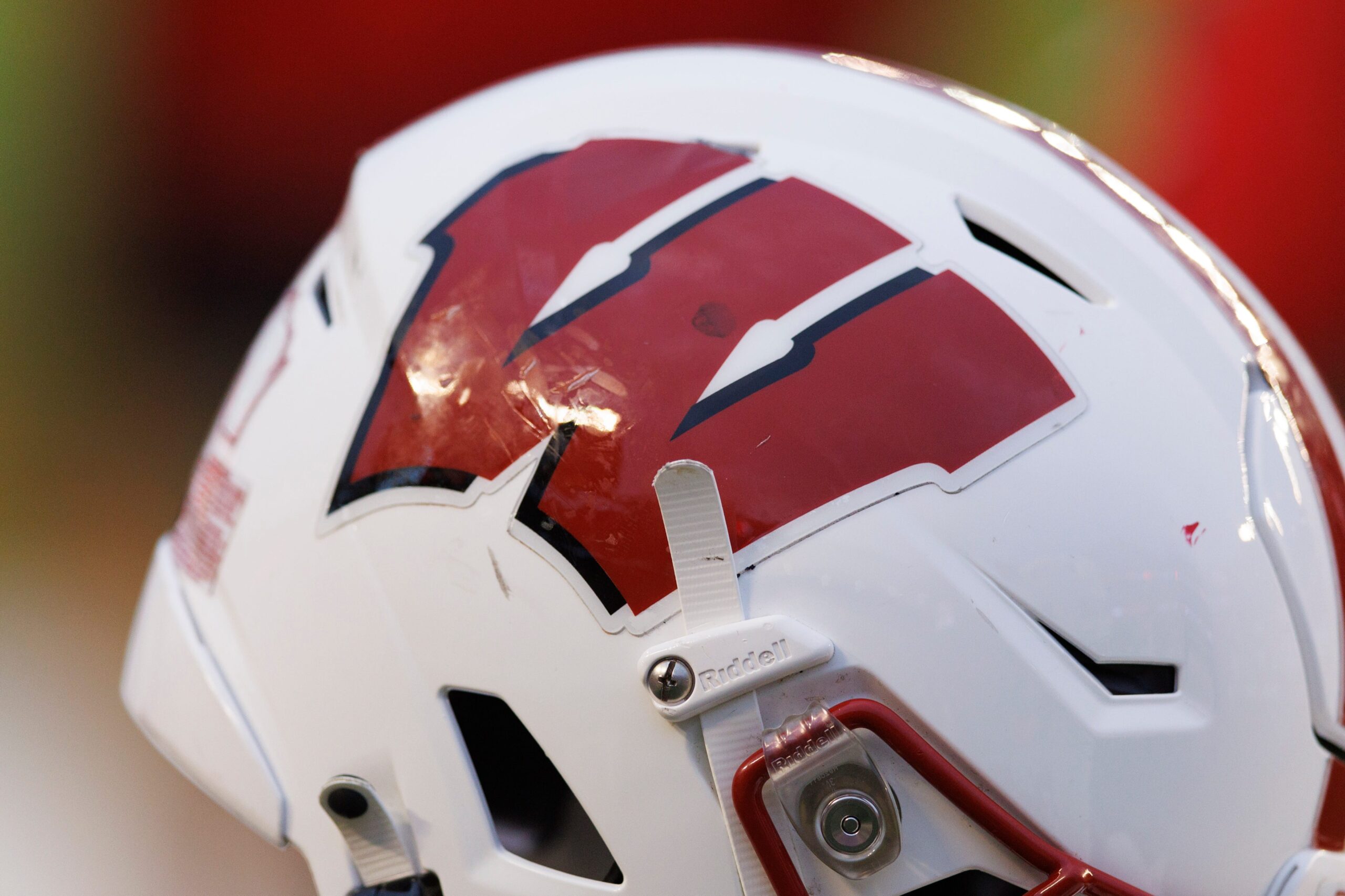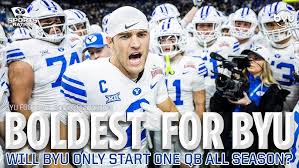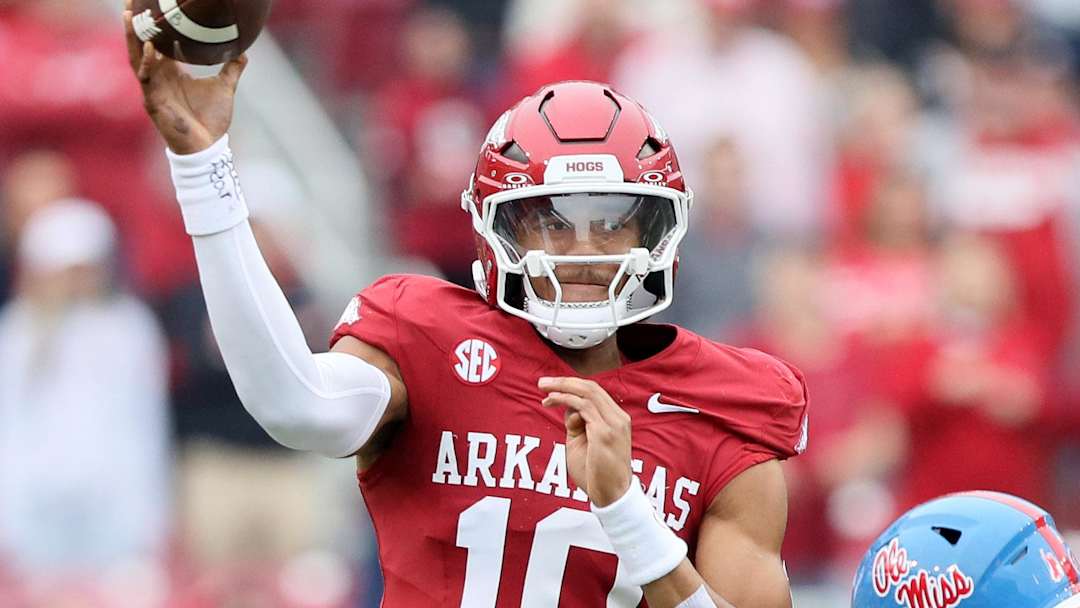As college football continues to evolve at a breakneck pace, its traditional structure is starting to give way to a new, potentially more commercialized era. With the NCAA’s influence diminishing and the possibility of schools paying athletes directly becoming more real by the day, a dramatic shift seems inevitable. Many experts foresee a future where the top Football Bowl Subdivision (FBS) programs may operate independently from the NCAA, possibly forming a semi-professional league that mirrors the NFL’s minor league system.
While these developments are still unfolding, they suggest a future where college football becomes more than just a collegiate pastime — it could transform into a major financial enterprise ripe for private investment. With athletes becoming salaried professionals, and schools licensing out their brand names to these privatized programs, the notion of universities like Wisconsin and Iowa continuing to compete under familiar banners, but in an entirely new economic structure, is not far-fetched.
In light of this transformation, The Athletic took a bold step toward imagining this future by estimating the hypothetical market value of major college football programs. Sportswriter Matt Baker led the effort, comparing elite college teams to similar-sized professional franchises in terms of financial performance and market reach. Although these projections are speculative and depend on a wide range of variables, they offer an insightful lens into how lucrative college football could become if private ownership entered the fold.
Among the programs evaluated, the University of Wisconsin’s football team received a significant nod. According to The Athletic’s estimates, Wisconsin is the 19th most valuable program in college football, with a projected worth of $801 million. Within the Big Ten Conference, this places Wisconsin eighth overall — an impressive ranking that underlines the team’s historical consistency, strong fanbase, and revenue-generating capacity.
The most valuable program, per the same report, is the University of Texas, with a staggering projected valuation of $2.38 billion. Trailing the Longhorns are some of college football’s other historic powerhouses: Georgia ($1.92 billion), Ohio State ($1.9 billion), Notre Dame ($1.85 billion), and Michigan ($1.83 billion). Notably, nine of the top-ranked programs are from the SEC, while seven are from the Big Ten, highlighting the immense financial strength of these two conferences.
In contrast, no ACC team appears in the top rankings until Florida State breaks through. The Big 12, despite its historical significance, sees Utah entering the list much later at No. 29.
These valuations don’t come from arbitrary assumptions. They’re based on measurable components such as media rights deals, average game attendance, merchandise sales, alumni support, and historical performance. Wisconsin’s strong showing at No. 19 underscores the enduring power of the program — it consistently draws large crowds, maintains a loyal fan base, and generates substantial revenue. The Badgers have built a reputation as a tough, well-coached team with a tradition of winning, which adds to their appeal as a potential investment.
This isn’t to say these values are fixed or guaranteed. The current collegiate model still revolves around amateurism, and it’s unclear how quickly a full professionalization might unfold — or whether it will at all. However, the movement toward athlete compensation is gaining legal and cultural momentum. Many believe it’s only a matter of time before college players are officially designated as employees, entitled to salaries, benefits, and bargaining rights. When that shift occurs, the economic structure of college football will change drastically.
A fully professional college league, managed like a business, would also mean schools could start selling stakes in their programs to private investors — possibly even private equity firms. The NFL and NBA have long operated under profit-driven models, and there’s growing speculation that college football might follow a similar trajectory, especially as media rights deals continue to grow and digital streaming opens up new revenue streams.
Still, this potential transformation would come with complexities. Schools would need to decide whether to retain academic ties to the football programs or allow them to function as independent business entities. There would be legal hurdles, branding negotiations, and collective bargaining agreements to work through. But for programs like Wisconsin, which already have a strong brand and a self-sustaining football culture, the shift might be more seamless than for others.
It’s also worth noting that while $801 million is a significant figure, it might be just the beginning. If the college football market continues to grow and commercialize, these programs could see their values rise substantially in the coming years. With expanding playoff formats, enhanced NIL (Name, Image, and Likeness) opportunities, and new forms of fan engagement such as virtual reality and in-game betting, the sport is positioned to unlock even more revenue in the near future.
As the Big Ten expands and the college football map continues to be redrawn, Wisconsin’s positioning becomes even more relevant. With USC, UCLA, Oregon, and Washington joining the conference, the Big Ten is on track to become a nationwide powerhouse with coast-to-coast appeal. This realignment boosts the value of existing members like Wisconsin, who now find themselves part of a media juggernaut that spans from Los Angeles to New Jersey.
In short, while the Badgers might not be at the very top of The Athletic’s list, their place in the top 20 puts them in an elite financial category. This ranking reflects not only Wisconsin’s football tradition but also the growing recognition of its long-term value as a business entity in the new age of college sports.
As college football barrels toward a future defined by player compensation, media expansion, and potential privatization, schools like Wisconsin are well-positioned to benefit. The conversation around financial valuation is no longer hypothetical — it’s a preview of what’s likely to come. Whether or not the Badgers ever get bought like a professional team, understanding their worth in dollar terms marks a turning point in how we view the business of college athletics.



